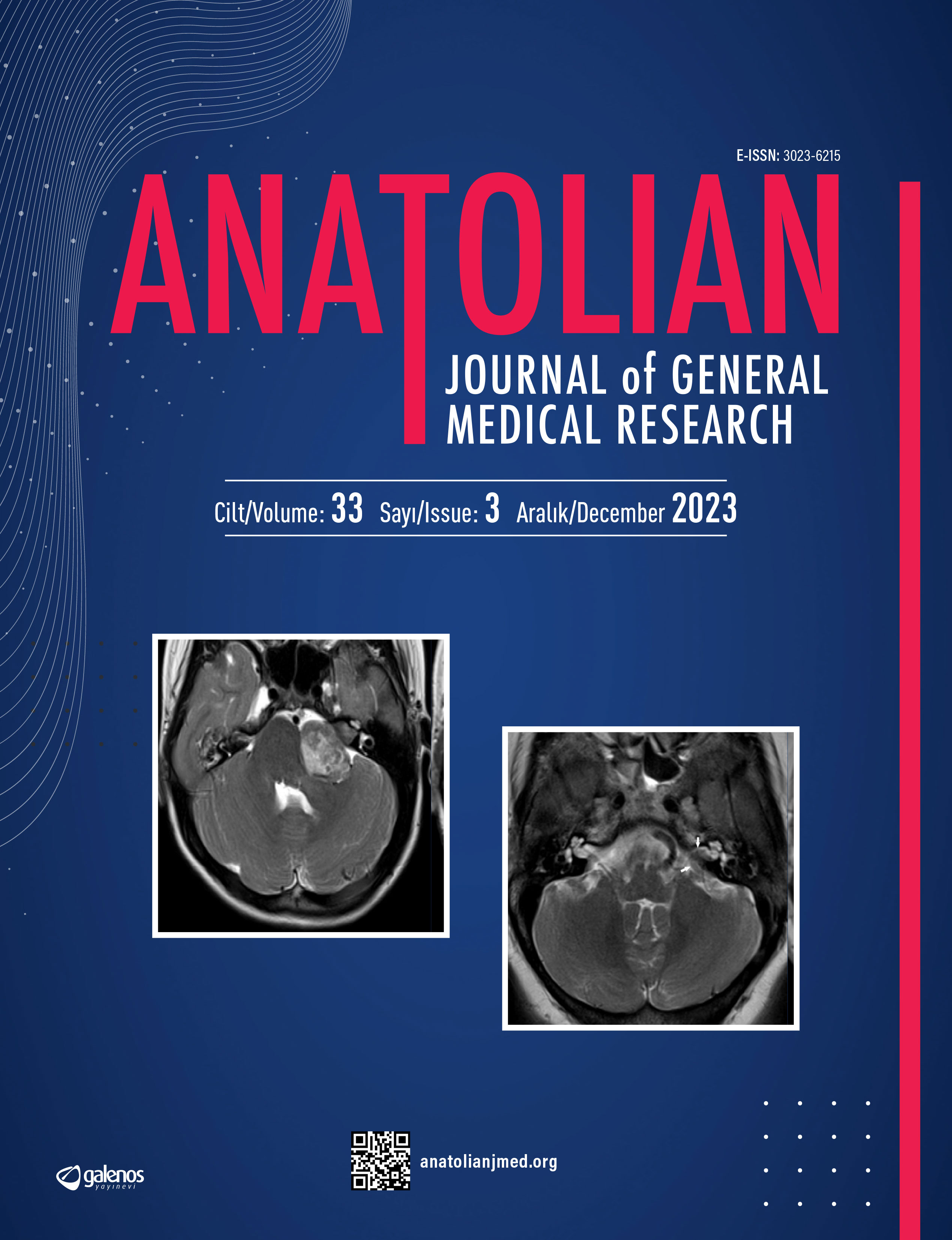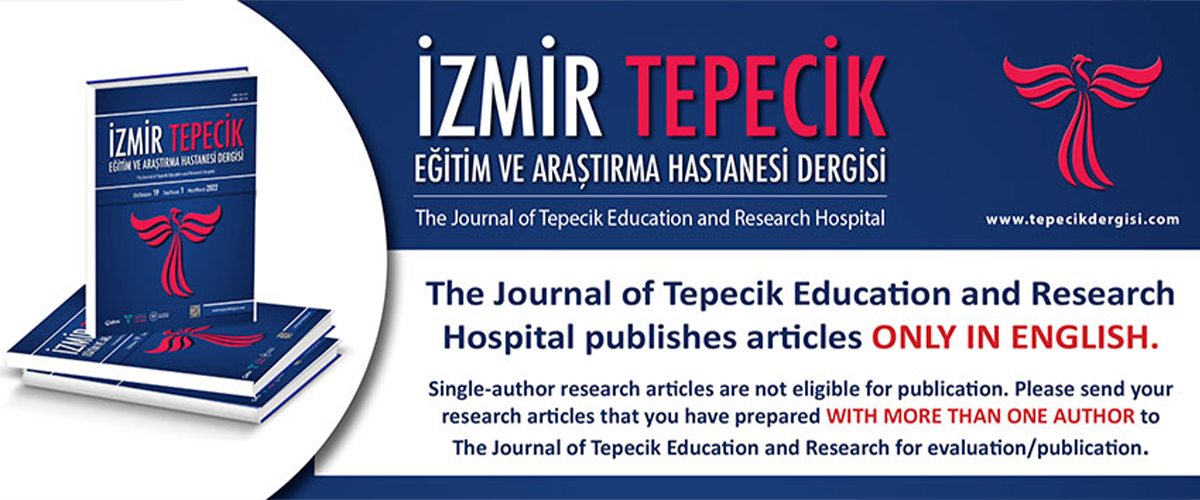








Laboratory Diagnosis of SARS-CoV-2
Alper Togay, Nisel YılmazTepecik Training And Research Hospital, Medical Microbiology LaboratoryIn December 2019, an outbreak began in Wuhan, China; due to a new coronavirus and spread rapidly across the world. This virus SARS-CoV-2 is similar with severe acute respiratory syndrome (SARS) and middle east respiratory syndrome (MERS) which have caused two important epidemics in the last two decades; by their genomic structure, spread, pathogenesis. This presentation reviews current laboratory methods to test SARS-CoV-2, focusing on the worldwide outbreak of coronavirus disease 2019 (COVID-19). The rapid and precise laboratory diagnosis of SARS-CoV-2 is required to take quarantine precautions early, to plan treatment for patients and to prevent the spread of the epidemic. A nasopharyngeal swab sample is the most common method to test viral pneumonias. When testing SARS-CoV-2 with molecular methods, nasopharyngeal samples may miss some cases; so that a deeper sample may be required by using bronchoscopy. However, bronchoscopy is more risky in terms of transmission to healthcare workers due to the aerosol it generates. Instead of bronchoscopy, repeated nasopharyngeal sampling can be performed, due to the possibility of finding SARS-CoV-2 in the nasopharynx increases in course of time. The stage of the disease from which the sample is taken is also very important for antibody tests. Due to the nature of antibody formation, after the first week samples should be run with appropriate tests. Various tests can be used to target different antigens to prevent cross reactions.
Keywords: COVID-19, SARS-CoV-2, RT-PCR, serologySARS-CoV-2’nin Laboratuvar Tanısı
Alper Togay, Nisel YılmazTepecik Eğitim Araştırma Hastanesi, Tıbbi Mikrobiyoloji LaboratuvarıAralık 2019'da Çin'in Wuhan şehrinde, yeni bir koronavirüs nedeniyle bir salgın başladı ve hızla dünyaya yayıldı. Bu virüs son yirmi yılda iki önemli salgına neden olmuş olan şiddetli akut solunum sendromu (SARS) ve orta doğu solunum sendromunun (MERS) etkeni olan beta koronavirüsler ile genomik yapısı, yayılımı, patogenezi açısından benzeyen SARS-CoV-2’dir. Bu derleme, tüm dünyaya yayılmış koronavirüs hastalığı 2019 (COVID-19) salgınına odaklanarak SARS-CoV-2'yi test etmek için mevcut laboratuvar yöntemlerini gözden geçirmektedir. SARS-CoV-2'nin hızlı ve kesin laboratuvar tanısı, karantina önlemlerinin erken alınarak, hastalara tedavileri planlanıp, salgının yayılımını önlemek için gereklidir. Viral pnömoniler pürülan balgam üretimiyle sonuçlanmadığı için, nazofaringeal sürüntü örneği en sık kullanılan yöntemdir. SARS-CoV-2’yi moleküler yöntemlerle test ederken nazofaringeal örnekler bazı vakaları atlayabilir; bu nedenle bronkoskopi ile daha derin bir örnek alınması gerekebilir. Ama bronkoskopi oluşturduğu aerosol nedeniyle sağlık çalışanlarına bulaş açısından daha risklidir. Bunun yerine tekrarlanan nazofaringeal örnekleme yapılabilir, çünkü zamanla nazofarenkste SARS-CoV-2 bulunma olasılığı artar. Antikor testleri için de örneğin alındığı hastalığın evresi çok önemlidir. Antikor oluşumunun doğası gereği birinci haftadan sonra örneklerin uygun testlerle çalışılması gereklidir. Çapraz reaksiyonları engellemek için farklı antijenleri hedefleyen çeşitli testler kullanılabilir.
Anahtar Kelimeler: COVID-19, SARS-CoV-2, RT-PZR, serolojiCorresponding Author: Alper Togay, Türkiye
Manuscript Language: Turkish
(1260 downloaded)




